Bees are vital to the wellbeing of our planet and there are many ways to invite them into your garden. Here’s how to roll out the ‘Welcome Mat’…
Why plant for bees?
“Bees are responsible for the pollination of hundreds of food species all over the planet,” explains Craig de Necker, Managing Director at The Friendly Plant, an award-winning landscape design and installation company situated on a 44-acre plant farm between Johannesburg and Pretoria. “This makes it vitally important to sustain the bee population in order to sustain our own food supply,” he adds. “The easiest way to attract bees to your garden is to plant species which will provide pollen or nectar which is essentially ‘bee food’.”
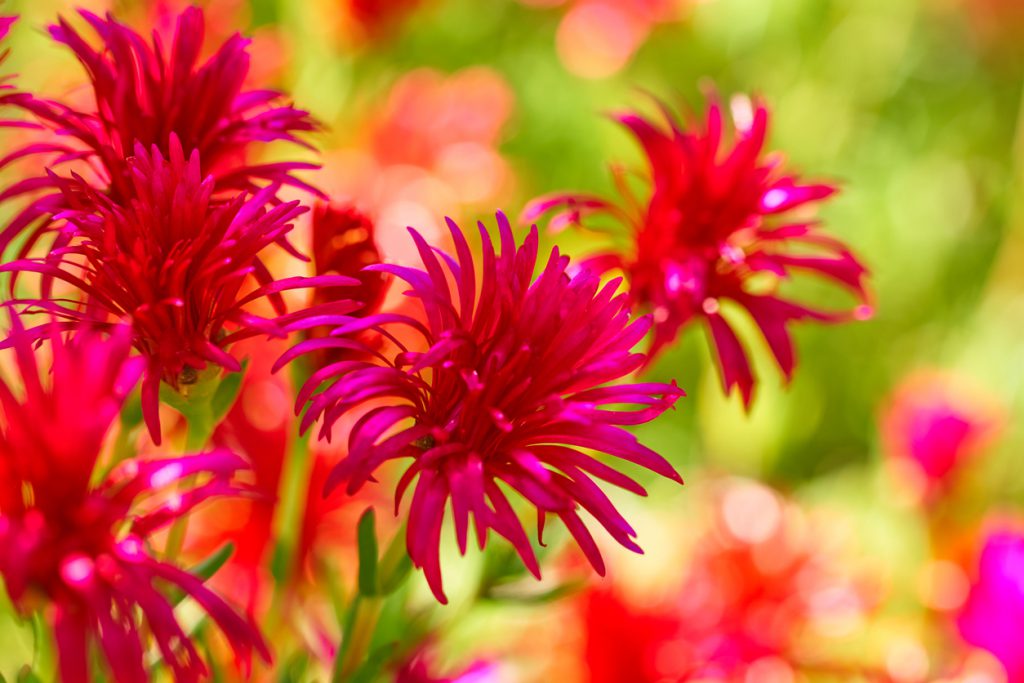
Lampranthus
What to plant
“Bees are particularly attracted to brightly-coloured flowers – especially those that are yellow, blue, violet and white,” says Cary Goodwin, resident expert and chief gardening ambassador at Keith Kirsten Garden Centre in Waterfall Wilds, Midrand. “Bees also need to forage all year round, so it’s important to have flowering plants that can provide for them throughout the year,” she explains. “They enjoy fynbos (eg: ericas and proteas), as well as many different perennials and shrubs (eg: azaleas, roses and camellias).” She recommends growing aloes, poppies and pansies in the winter months, adding that “we find them visiting our vegetable garden too, as they love basil blossoms, rosemary and marjoram.”
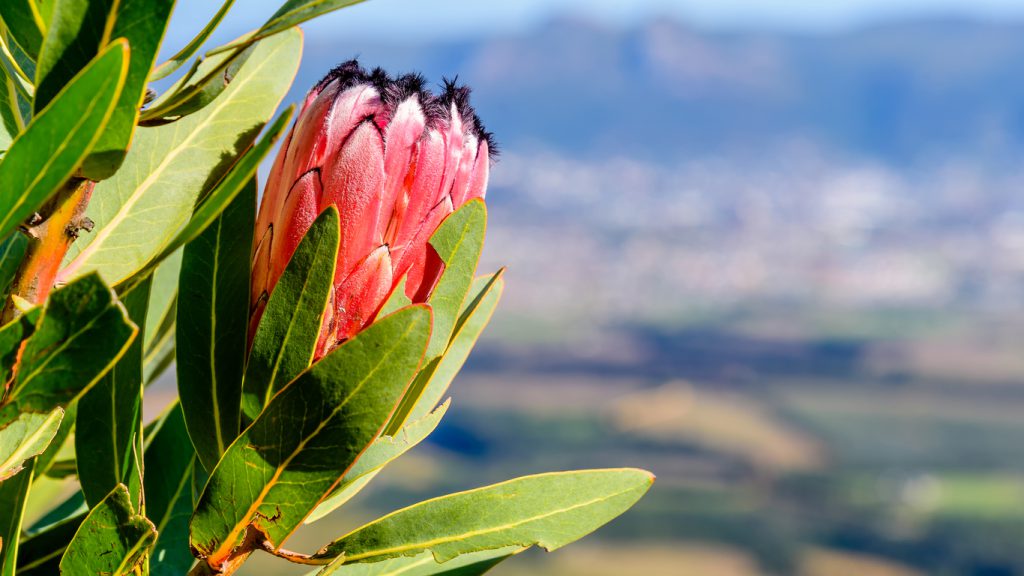
Red Mountain Protea
More hints and tips
o Provide a little water for them – They need a water source such as a pond, bird bath or puddle, ideally with a stick, stone or even a plant leaf (eg: a water lily) from which they can easily drink without the risk of falling in. The shallower, the better.
o Choose bee-friendly pesticides – Be cautious when using pesticides and other chemicals in your garden, as these can potentially kill visiting bees.
o Avoid planting in high-traffic areas – It’s important to remember that there are many people who are highly allergic to bee stings. For this reason, take note of the placement of any plants which attract bees. Ideally, areas used for access (such as doorways, driveways and footpaths) or around pools and patios should be kept free of bee-attracting plants.
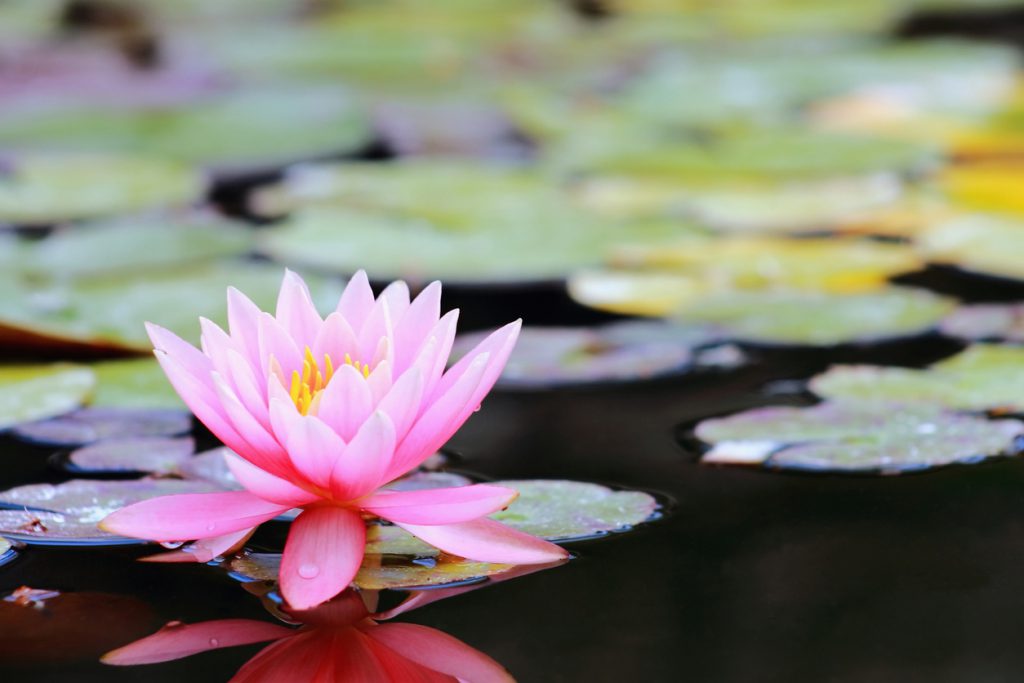
Water Lily (Nymphaeaceae)
‘Bee-friendly’ plants
o Clivia
o Carpet Geranium
o Vygies
o Aster
o Primula
o Cape Honeysuckle
o Sunflowers
o Gazania
o Agapanthus
o Plumbago
o Lavender
o Polygala (September Bush)
o Gaura (Bee Blossom)
o Daisies
o Rudbekia
o Rosemary
o Hebe
o Thyme
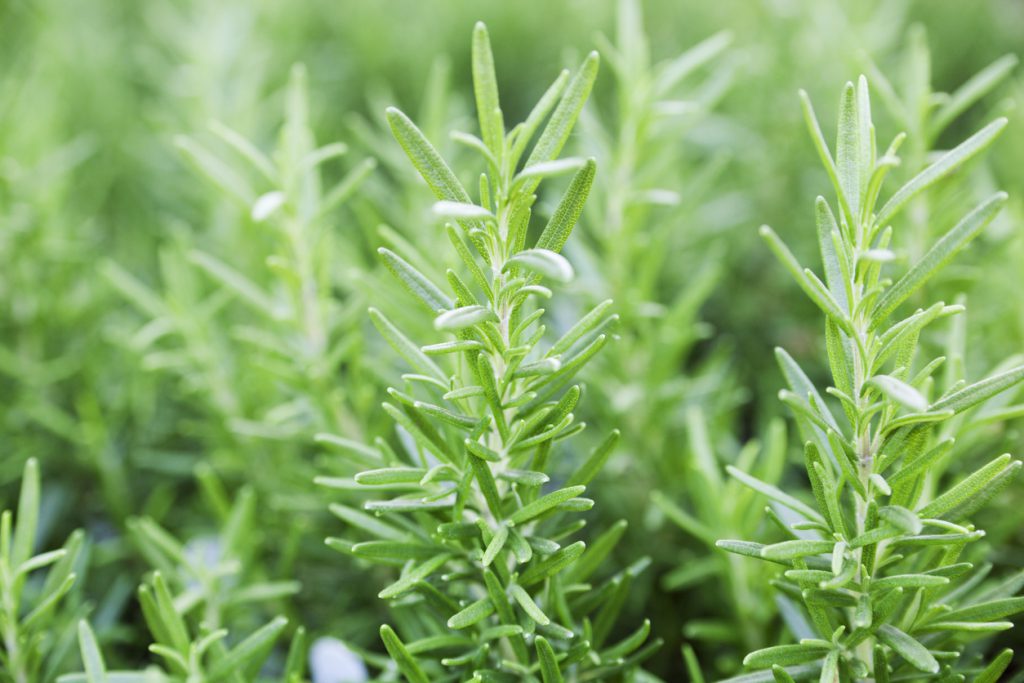
Rosemary Herb Plant Vegetable Garden, Fresh Green Leaf Sprigs Close-up
Images: iStock


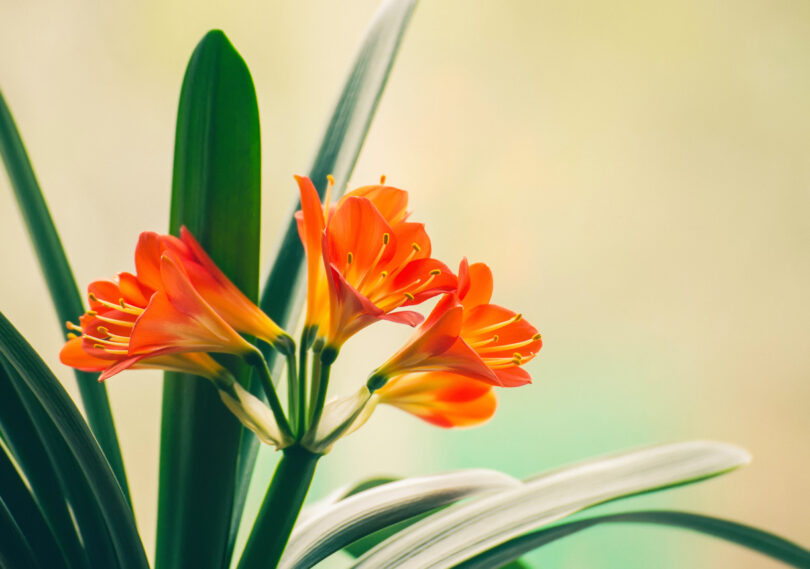

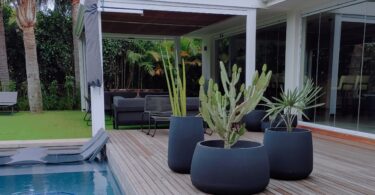

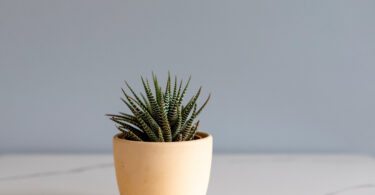
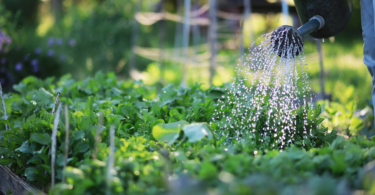
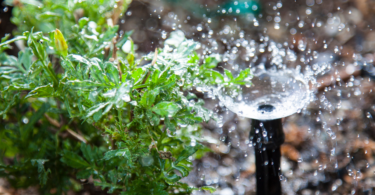
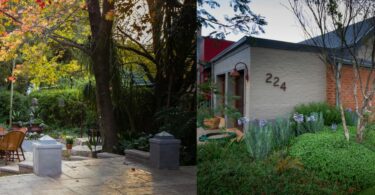
Leave a Comment